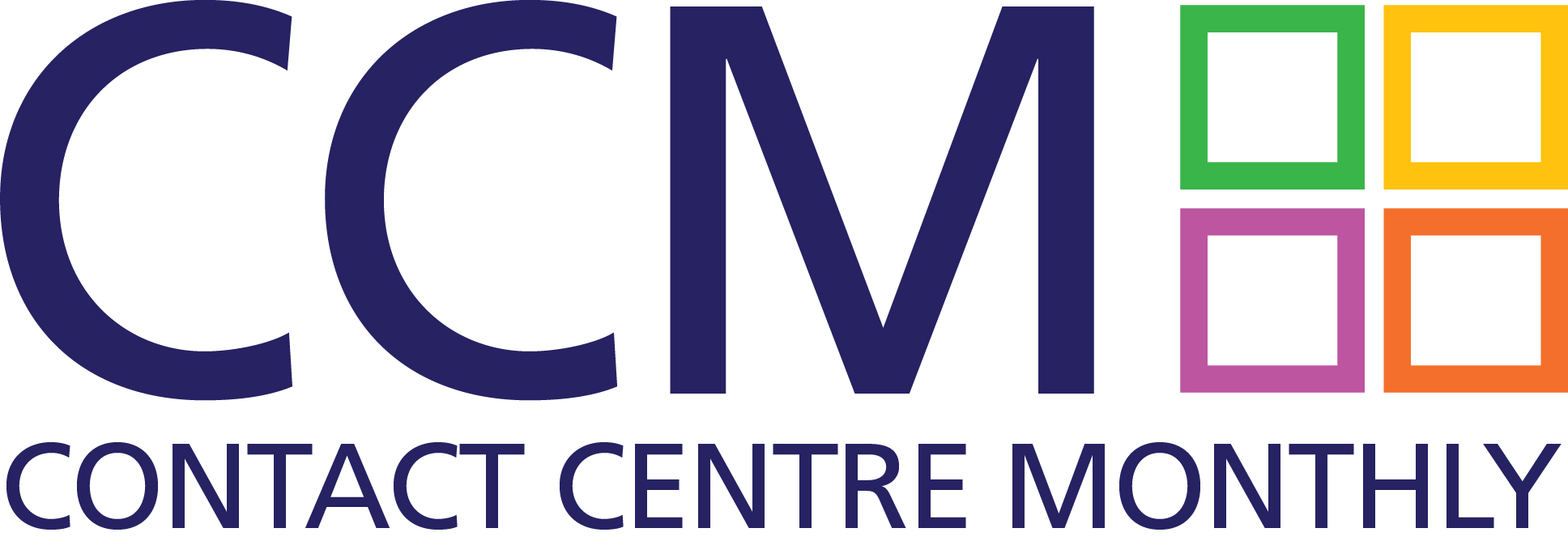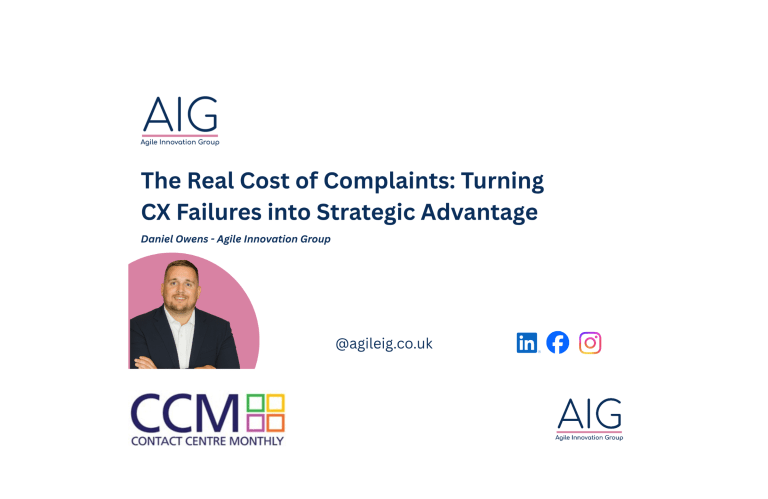Across sectors like utilities and insurance, the cost of managing complaints has spiralled, yet the value extracted from those interactions remains minimal.
In utilities, organisations spend an average of £3.2 million per year on complaints handling.
In insurance, the figure averages £761,000. Yet according to recent industry analysis, only 4% of that investment drives any meaningful, systemic change — and nearly 1 in 3 customers still say their issue isn’t resolved.
That means businesses are spending millions just to stand still.
This isn’t just a matter of inefficiency. It’s a matter of trust, loyalty, and lost opportunity. Every unresolved complaint represents not only a cost to serve but also a customer whose confidence in the brand has eroded and whose likelihood of renewal or recommendation has dropped sharply.
So why does this keep happening?
The Connection to Customer Experience Failures
As we explored in our recent article, When Customer Experience Fails and How to Fix It poor complaint performance is often a symptom of deeper CX challenges:
- Overemphasis on speed metrics like handling time rather than impact metrics like first-time resolution.
- A culture that measures transactions, not relationships.
- Leadership that chases KPIs instead of customer confidence.
Both complaints and CX share the same root causes weak insight, misaligned measures, and under-supported people.
And both are fixed the same way: by replacing reaction with intelligence.
The vicious cycle behind avoidable complaint costs
In our work across service-led organisations, we repeatedly see the same pattern:
- Weak or absent root cause analysis.
Complaints are logged, categorised, and closed but not understood. The underlying processes, policies, or communication breakdowns rarely get fixed. - Undertrained frontline teams.
Agents are often skilled at handling transactions but not at managing emotion, empathy, or escalation. Without the right product knowledge or authority to act, small frustrations become formal complaints. - Over-reliance on contractors.
When backlogs rise, external contractors are brought in to “clear the decks.” But this is a short-term fix that doesn’t address the systemic problems driving the volume in the first place.
The outcome?
A high-cost, low-trust ecosystem where the same issues reappear, customers lose confidence, and organisations continue to bleed time, money, and goodwill.
The fix: moving from complaint management to complaint intelligence
Most organisations treat complaints as something to be contained. We believe they should be treated as something to be understood and leveraged as a source of operational insight.
At Agile Innovation Group, we help organisations break this cycle through five integrated levers of transformation:
- In-depth drains-up analysis of complaints and the functions they impact identifying where issues are most acute and which upstream processes are contributing most to volume.
- Comprehensive root cause analysis, going beyond categorisation to understand the real drivers of dissatisfaction, whether in policy, communication, or system design.
- Full data assessment to identify trends, bottlenecks, and operational inefficiencies providing leadership with a clear, evidence-based picture of where effort and investment should focus.
- Training development that empowers frontline teams with both product knowledge and practical complaint-handling skills, improving empathy, resolution confidence, and first-contact success.
- Complaints CRM assessment and/or implementation, ensuring that data is captured, tracked, and reported in a way that provides visibility, accountability, and actionable insight.
This approach turns reactive complaint management into proactive complaint intelligence, creating a loop of learning, prevention, and performance improvement.
The measurable business impact
When these five levers work together, the results are tangible and fast.
Organisations typically see measurable improvement within 60–90 days, including:
- Up to 25% fewer repeat contacts, directly reducing cost per interaction and improving workforce productivity.
- 15–30% increase in first-contact resolution, boosting satisfaction and retention while easing regulatory scrutiny.
- Reduction in contractor dependency, freeing up budgets for innovation and permanent capability building.
- Improved compliance alignment with FCA, Ofcom, Ofwat and Ombudsman standards without the administrative burden of constant audit preparation.
Financially, these changes can equate to hundreds of thousands in annual savings, alongside significant improvements in Net Promoter Score (NPS), employee engagement, and brand reputation.
Why complaints are an untapped asset
Every complaint is a data point. A direct signal from the customer about where something in the organisation isn’t working a broken process, an unclear policy, or a misaligned experience.
Yet, too often, these signals are buried in spreadsheets or systems, never analysed holistically. Leaders see the cost of complaints but not the cause of them. That’s why so many businesses remain trapped in a reactive loop: firefighting today’s problems rather than preventing tomorrows.
Those who shift their mindset from seeing complaints as a regulatory burden to seeing them as a strategic asset unlock a powerful feedback mechanism that drives transformation, not just compliance.
The strategic advantage
At Agile Innovation Group, we help organisations connect the dots between regulation, people, and experience.
We turn complaints into insight and insight into action.
By rethinking how complaints are understood, analysed, and addressed, we help contact centres and service teams achieve operational excellence that’s measurable, sustainable, and customer led.
The outcome? A leaner, smarter, and more trusted organisation where every complaint becomes a catalyst for improvement rather than a cost to absorb.
Ready to turn complaints into a competitive advantage, not a sunk cost?
Let’s talk.
0333 577 0075




